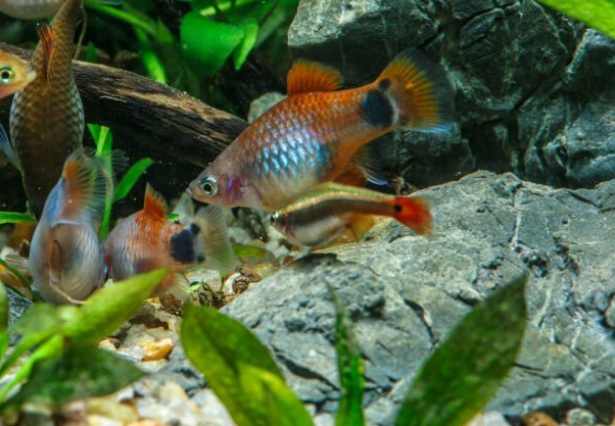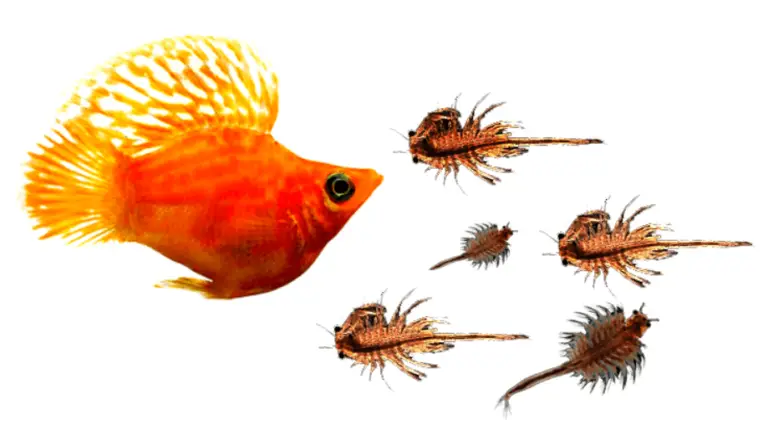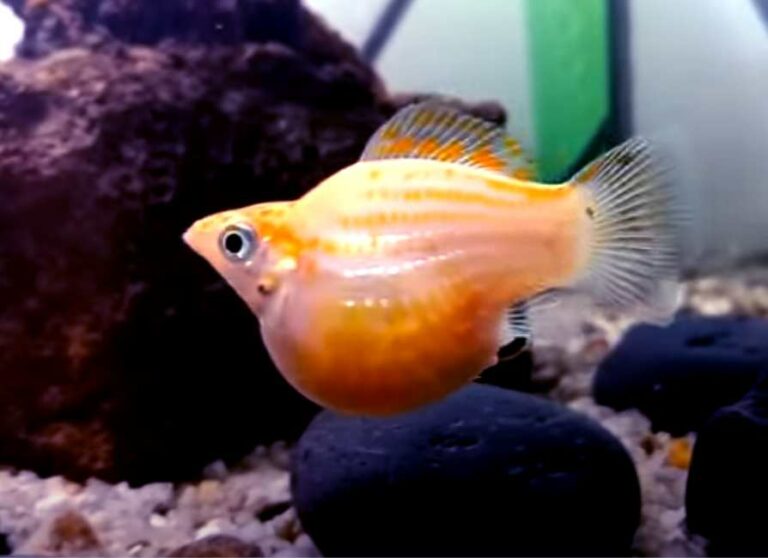Keeping Molly Fry Populations Under Control
Molly fish, known for their vibrant colors and active behavior, are popular among aquarium enthusiasts. However, their prolific breeding can quickly lead to overpopulation in your tank. Managing molly fry populations is crucial for maintaining a healthy and balanced aquarium environment. This comprehensive guide will help you understand the best practices for controlling molly fry populations, covering filtration, feeding schedules, breeding traps, and more.

Table of Contents
- Understanding Molly Fish Reproduction
- Preventing Molly Overpopulation
- Molly Feeding and Health Management
- Handling Molly Overpopulation
- Conclusion
Understanding Molly Fish Reproduction
Mollies are livebearers, meaning they give birth to free-swimming young rather than laying eggs. This reproductive strategy allows for frequent births, with female mollies capable of giving birth to dozens of fry every month. The male mollies play a key role in reproduction, often pursuing the females relentlessly. This can cause stress to the female fish, affecting their health and the overall balance of the tank.
Key Factors Influencing Molly Reproduction
1. Water Temperature: The ideal water temperature for molly fish breeding is between 75°F to 80°F (24°C to 27°C). A reliable aquarium heater and thermometer are essential for maintaining this climate.
2. Feeding Schedule: A balanced feeding schedule that includes flake food, baby brine shrimp, and other high-quality fish food is crucial for the health and growth of both adult mollies and fry.
3.Tank Size and Environment: A spacious tank with ample hiding spots, such as Java ferns and other aquatic plants, helps reduce stress for female mollies. The surface area and tank size should accommodate the increasing population.
Preventing Molly Overpopulation
Setting Up a Molly Nursery Tank
A nursery tank is an effective solution for managing molly fry populations. It allows you to separate the newborn fry from the main tank, giving them a safe environment to grow without being eaten by adult fish. Here’s how to set up an efficient nursery tank:
1.Tank Size: A 10-20-gallon tank is sufficient for a nursery setup.
2.Filtration: Use a foam filter or a filter with low suction to prevent fry from being sucked in. This helps maintain water quality without harming the fry.
3.Heater and Thermometer: Ensure the water temperature remains consistent within the ideal range.
4.Plants and Hiding Spots: Include plants like Java ferns and other decorations to cover the fry.
Using Molly Breeder Traps and Mesh Boxes
Breeder traps and mesh breeding traps are valuable tools for controlling molly populations. These traps isolate pregnant female fish until they give birth, ensuring the fry can be easily moved to the nursery tank without being predated by adults.
1.Breeder Trap: This device confines the female until she gives birth, protecting the fry immediately after birth.
2.Mesh Box: Similar to the breeder trap, a mesh box circulates water while keeping the fry safe.
Managing Molly Adult Fish
1.Gender Segregation: Separating male and female mollies can significantly reduce breeding. This method requires a careful balance to avoid stressing the fish due to a lack of social interaction.
2.Selective Breeding: Keeping only a few selected breeding pairs can help manage the number of new fry in your tank.
Molly Feeding and Health Management
Feeding Molly Fry
Newborn molly fries require a nutrient-rich diet to support their rapid growth. Baby brine shrimp, finely crushed flakes, and specialized fry food. Establishing a regular feeding schedule with multiple small feedings throughout the day ensures the fry receives adequate nutrition without overfeeding, which can pollute the water and increase stress.
Monitoring Molly Growth and Health
1.Growth Chart: Maintain a growth chart to track the development of your molly fry. Regular monitoring helps identify any health issues early.
2.Water Changes: Frequent water changes are crucial to keep the water clean and reduce disease risk. Aim for 25% water changes weekly in the primary and nursery tanks.
3.Stress Reduction: To minimize stress for adults and fry, ensure the environment is stable and free from sudden changes in temperature, water quality, or tank conditions.

Handling Molly Overpopulation
Selling or Giving Away Molly Fry
One effective way to manage an overpopulation of molly fry is to sell or give them away to other aquarium enthusiasts. This helps control the population and ensures the fry have a new home where they can thrive.
Natural Predation
In some cases, introducing natural predators compatible with mollies can help control the fry population. However, this method requires careful consideration to avoid disrupting the tank’s ecosystem.
www.tinyfishtank.com
Conclusion
Keeping molly fry populations under control requires a multifaceted approach, from setting up a nursery tank and using breeder traps to maintaining a balanced feeding schedule and closely monitoring water quality. By implementing these strategies, you can ensure a healthy, stress-free environment for your mollyfish and manage their prolific breeding effectively. Regular maintenance, observation, and a little planning go a long way in maintaining a harmonious aquarium.


![Can Mollies Eat Ants, Bug Bites And Houseflies? A Safety Guide for Fish Owners [Avoid these 4 Insects]](https://www.tinyfishtank.com/wp-content/uploads/2023/11/Mollies-Eat-Ants-768x503.jpg)

![Can Mollies Have Babies Without Males? [3 Vet advice]](https://www.tinyfishtank.com/wp-content/uploads/2023/02/Can-Mollies-Have-Babies-Without-Males.webp)


